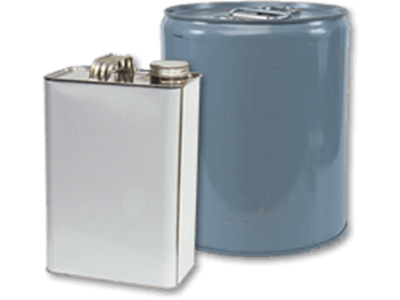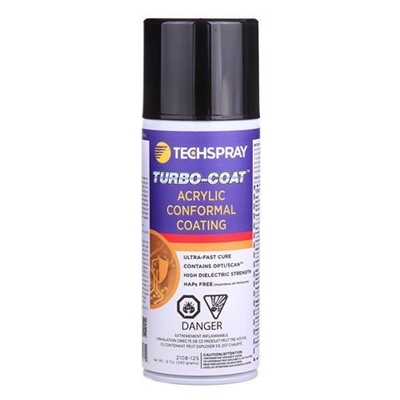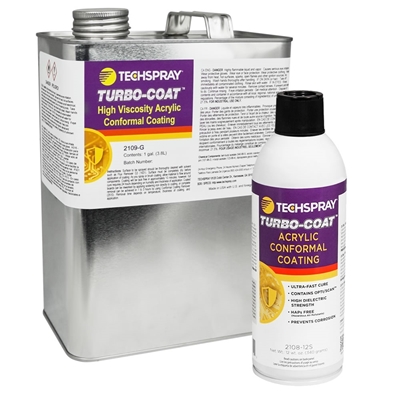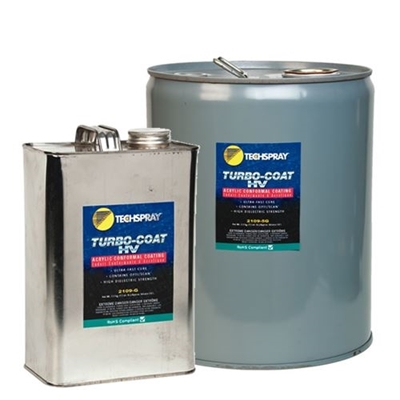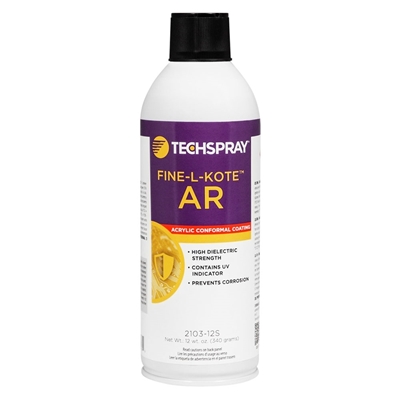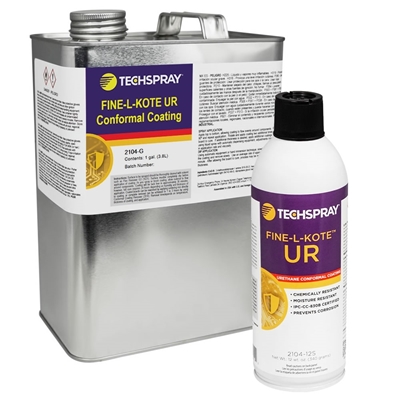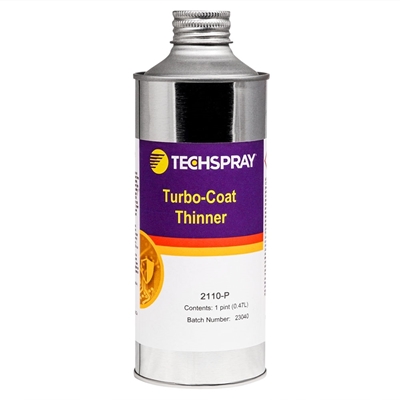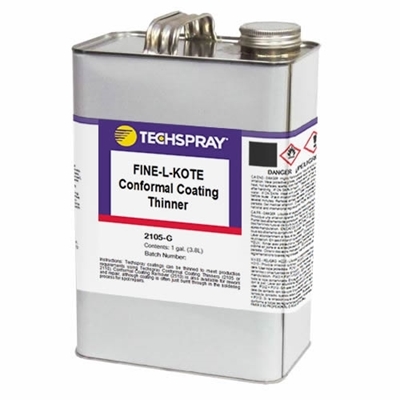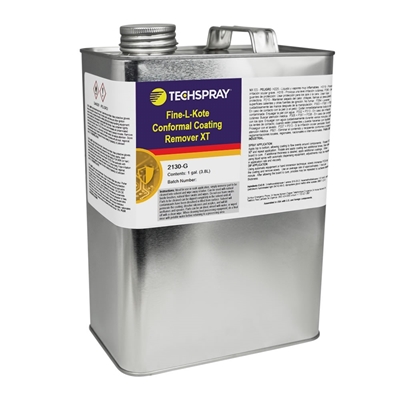Techspray has just released a short tutorial that guides you through the step-by-step process of stripping conformal coating from a PCB without damaging components, contacts and the board surface.
Removing Conformal Coating from a Circuit Board
Today I’m going to cover the process of removing conformal coating from a printed circuit board using a solvent-based coating remover or “stripper”. This might be required when repairing or refurbishing electronic devices.
There are solvents that are effective of acrylic, silicone and urethane conformal coatings. 2-part epoxies and parylene coatings cannot generally be cleaned using this method. They are, for the most part, solvent resistant, so have to be stripped using an abrasive method or the board has to be scrapped.
Coating Removal for Isolated Areas
If all you are doing is replacing a component, or working on an isolated area, there are coating removers available in pen packaging.
You first saturate the pen tip by pressing it down on a hard surface a few tips, which quickly opens and closes the valve allowing solvent to flow through the tip material.
You then simply scrub the surface you intend to strip.
You may have to allow the solvent to flow and sit on the board’s surface to give the solvent a chance to break down the coating. As coating resin building up on the pen tip, you will need to rub it off onto wipe material and resaturate the tip before continuing.
Coating Removal for Entire PCB
To remove conformal coating from the entire circuit board, you will need to find a container large enough for the board to fit and coat in the solvent. Look for something made of stainless steel, and avoid aluminum and certainly plastics, which can be affected by the harsh solvents we’ll be using.
You will also need very good ventilation to draw the fumes away from you. Many of these solvents can cause health issues if exposure is too high over a prolonged period. In the case of flammable solvents, is it all the more important to evacuate the fumes. In this case, I will be using a explosion-proof ventilation hood.
Personal protection equipment is also important to keep the solvents off your skin and out of your body. Use gloves made of a solvent resistant material, like nitrile, and safety glasses or goggles to keep the solvent out of your eyes. Consider a face shield if you plan to do a lot of scrubbing, which will also keep solvent out of your mouth and nose. Additional safety equipment and garments might be needed depending on the expected exposure level.
You’ll want a brush to help break down the coating or help separate it from the board surface. A stiff natural bristle is recommended because it can absorb some solvent, and does not risk scratching board and component surfaces.
I have a large and small brush that have a flat cut on one side, for cleaning larger surfaces, and a pointed trim on the other side for more aggressive scrubbing, and getting into tight areas.
Completely soak the board in the solvent for at least an hour. The amount of time, and the need for addition scrubbing, will depend on the type of coating and its thickness.
Acrylic tends to be the easiest to remove. It often fully dissolves, or only requires a minor amount of scrubbing. The coating will stay clear as it dissolves, but you can still see it as the solvent flows over the board.
Rinse with fresh solvent. Allow the solvent to flow over the board ad you scrub, but don’t put the board back into the contaminated solvent. You can use a separate container for rinsing if further soaking is needed.
Silicone and urethane, on the other hand, may require a long soak time and greater agitation. The solvent may only separate the coating from the surface of the board, but you can use the brush to help the separation.
Again, rinse with fresh solvent, and repeat as necessary.
Allow the board to fully dry before plugging it back in. After it is dry, you can check you work under a UV “black light” inspection lamp.
If you see any glowing areas, repeat the rinsing process.
Contact Techspray if you have any questions or need product recommendations.
For more information on conformal coatings, check out our Essential Guide to Conformal Coating.


